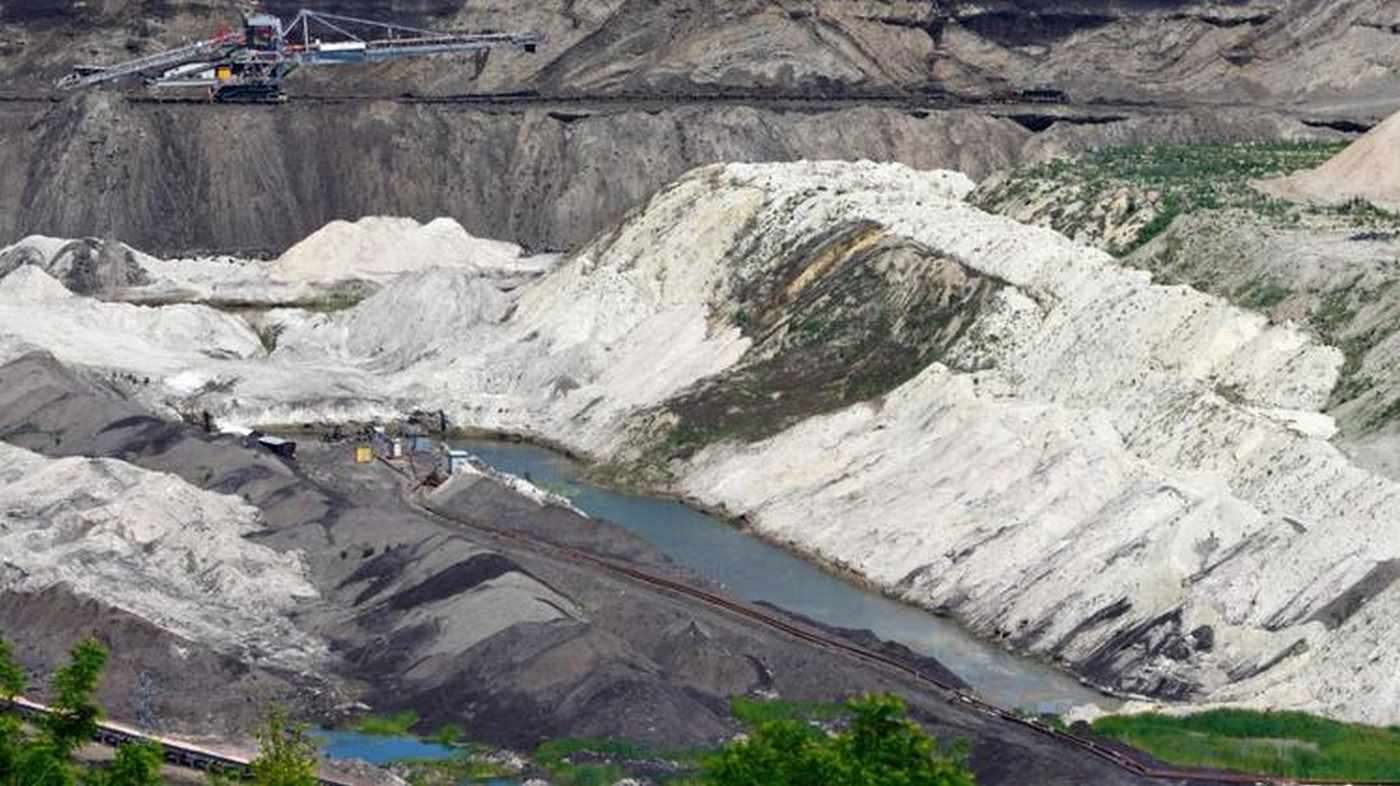Elon Musk to Bring Back 1st Drive-in Movie Theater to LA at Tesla's New Supercharging Station
Once a classic American weeknight spot, there are only 320 drive-in theaters left in the country where there were once 4,000.

Millions of tons of pure hydrogen have been found underneath the earth in Northern France, prompting interest in a renewables gold rush of the rarest kind.
Despite being the most abundant element in the universe, hydrogen is almost always attached to something else (oxygen for example). Deep underground, geologic forces can create sometimes massive pockets of hydrogen gas that if extracted like shale gas, can be burned to power airplanes, trains, heavy machinery, and steel production, all with the only direct emission being water.
The story that is now sweeping international energy headlines began when Jacques Pironon and Phillipe De Donato, directors of research at France's National Centre of Scientific Research, were out assessing methane stores using a state-of-the-art probe in France's Lorraine Basin.
They realized they had reached a previously unknown hydrogen gas deposit when readings from the probe showed 20% hydrogen at 3,300 feet (1,100 meters) down—much higher than they would ever imagine finding in normal conditions.
CNN broke down the "rainbow" of colors used to describe hydrogen fuels. Brown hydrogen is produced from coal operations—so little climate friendly-value there. "Green" hydrogen is made through electrolysis, or water splitting, and powered by renewable energy, yet this kind of production is small-time and expensive.
Still, at the moment pure hydrogen is the best hypothetical solution for heavy machinery that requires high-octane fuels for long-distance transportation.
That's why interest in geologic hydrogen like the kind found in France, known as both "white" and "gold" hydrogen, can reach feverish intensity: just look at Mali.
In 1987, in the village of Bourakébougou, a driller was left with burns after a water well unexpectedly exploded as he leaned over the edge of it while smoking a cigarette, reports CNN. The well was capped until 2012 when a village entrepreneur hired Chapman Petroleum to come and investigate the strange gas which in the daytime shone with a blue color like sparkling ocean water, and at night like golden dust.
Today, Bourakébougou is powered entirely by the hydrogen in this deposit which has a purity of 98%—the highest ever recorded.
Geoffrey Ellis, a geochemist with the US Geological Survey, has been studying hydrogen deposits ever since the discovery in Bourakébougou, but remained convinced that finding extractable deposits on land and shallow enough to reach was going to be almost impossible.
Following a paper published on the Bourakébougou site in 2018, scientists and entrepreneurs rushed to try and find deposits and more information about how they form and where best to look for them.
Ellis believes based on estimates that there are tens of billions of tons of white hydrogen out there.
"Most of this is almost certainly going to be in very small accumulations or very far offshore, or just too deep to actually be economic to produce," he told CNN. But if just 1% can be found and produced, it would provide 500 million tons of hydrogen for 200 years, he added.
In France's Lorraine Basin, once a hotbed for European coal mining, De Donato and Pironon are preparing to drill down to 3,000 meters, or more than 2 miles underground, and assess the potential for white hydrogen extraction, specifically to find out how much is there. They already estimate that at that depth the purity could be as high as the wells in Mali.
The two are working alongside the energy company La Française de l'Énergie (FDE), which has existing wells, equipment, and operational licenses across a wide area of land in the Lorraine Basin's Grand-Est Region. The company has already submitted an application for exclusive rights to use their shale gas wells to extract the white hydrogen if it is there, meaning it's possible no new mining pits need be dug.
SHARE This Impressive Discovery In France On Social Media…
Be the first to comment